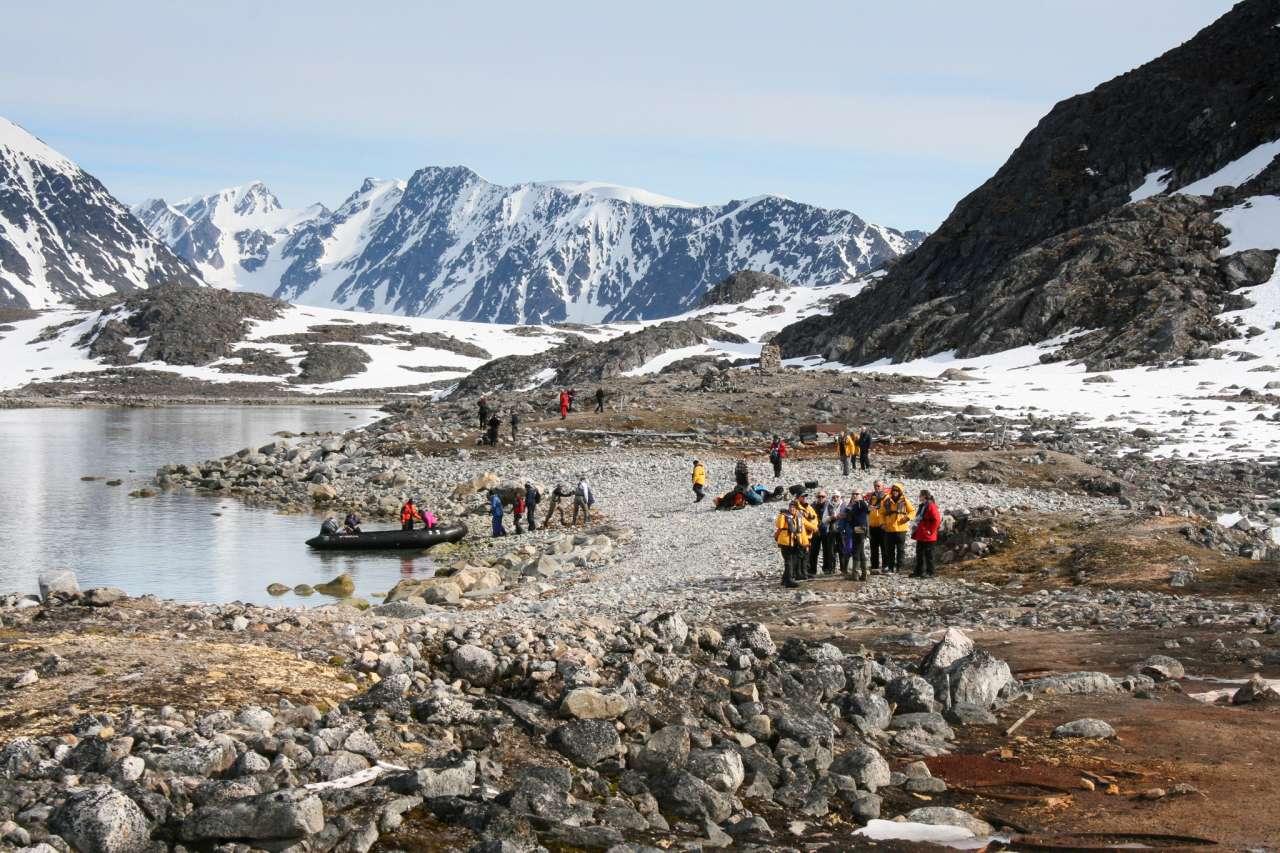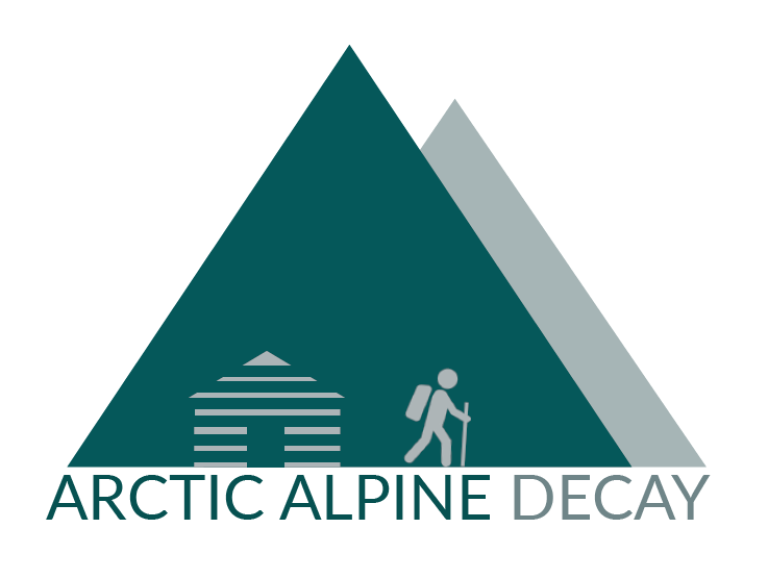Cultural heritage vs. climate and tourism

Photo Anne-Cathrine Flyen, NIKU
Due to climate change and increased tourism, wooden cultural heritage sites are degrading more quickly than expected. Researchers are now investigating how tourism and climate affect vulnerable cultural heritage sites in Svalbard and on the Hardanger Plateau.
Although Svalbard is seen as one of Europe’s last patches of wilderness, humans have been making their mark there for more than 400 years. Today, the archipelago is rich in cultural heritage sites testifying how whalers, miners, trappers and others exploited the natural resources of this harsh and barren landscape.
Traces of use allow us to understand and interpret the past and can help us to shape our own future. In Svalbard, all cultural sites dating from before 1946 are automatically protected and defined as cultural heritage sites. However, this protected status does not prevent wooden structures and building materials from degrading and breaking down.
The Arctic Alpine Decay project will investigate how climate change and increasing tourism are affecting cultural heritage sites made of wood in alpine and Arctic environments, to help ensure appropriate and practical site management. The researchers will study cultural heritage sites in selected areas around Longyearbyen and Ny-Ålesund in Svalbard and around Finse, at the very north of the Hardanger Plateau. Sites here include old trapping facilities, mountain farms and cabins, as well as buildings and other structures such as snow fences and snow sheds connected to railroad operation.
NIBIO has unique expertise in wood-decay fungus in wooden buildings, the mechanisms of degradation associated with wood, and on the service life of wood in various applications. In particular, degradation due to the combination of wood-decay fungus and human impact will be studied. The researchers will also make use of knowledge of the attitudes and behaviors of various user groups in this innovative interdisciplinary work.
Contacts

Lone Ross
Director
-
Division of Forest and Forest Resources
(+47) 911 97 268 lone.ross@nibio.no Office Location: Ås H8

Contacts

Lone Ross
Director
-
Division of Forest and Forest Resources
(+47) 911 97 268 lone.ross@nibio.no Office Location: Ås H8
